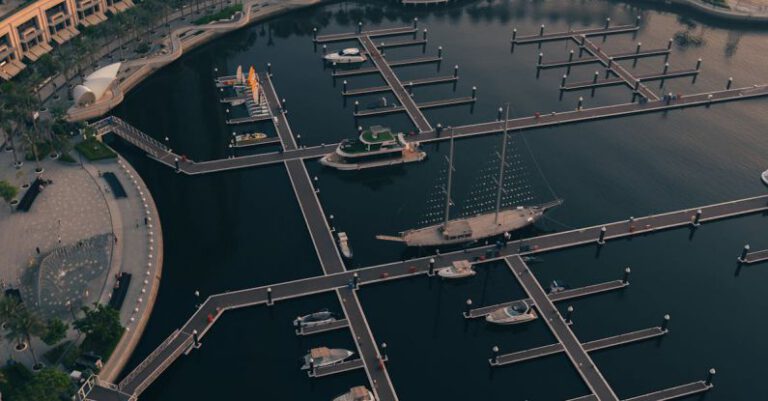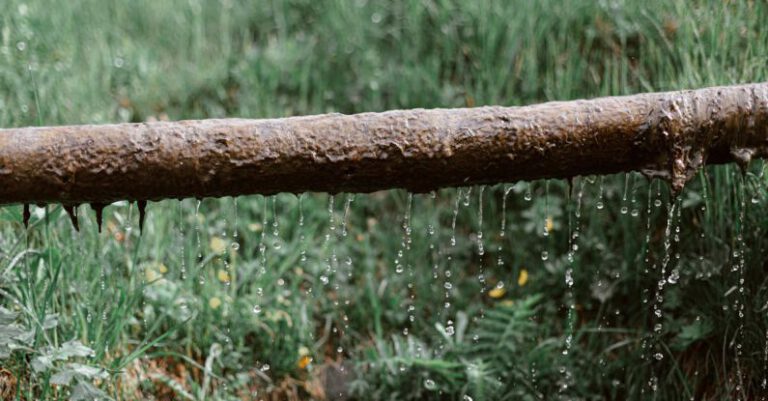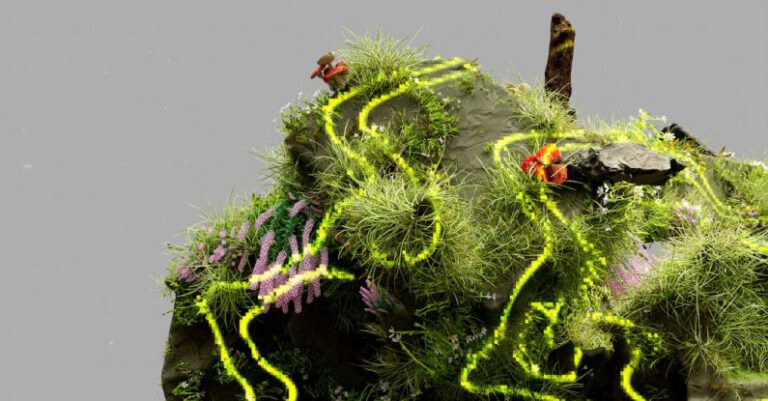What Are the Structural Requirements for Building Green Roofs?
Green roofs have gained popularity in recent years as a sustainable and eco-friendly solution to urban environmental challenges. These roofs not only enhance the aesthetic appeal of buildings but also provide numerous environmental benefits, such as improving air quality, reducing urban heat island effect, and promoting biodiversity. However, to ensure the successful implementation of green roofs, it is essential to consider the structural requirements necessary for their construction.
**Weight-Bearing Capacity of the Building**
One of the primary structural requirements for building green roofs is ensuring that the existing structure can support the additional weight of the green roof system. Green roofs are significantly heavier than traditional roofing materials due to the additional layers of soil, vegetation, and drainage systems. Therefore, it is crucial to assess the weight-bearing capacity of the building to determine if any reinforcements are needed to support the green roof.
**Roof Slope and Drainage**
The slope of the roof is another critical factor to consider when designing a green roof. A slope of at least 1-5 degrees is typically recommended to facilitate proper drainage and prevent water pooling on the roof. Proper drainage is essential to prevent water damage and ensure the longevity of the green roof system. Additionally, the design of the drainage system should be carefully planned to avoid overloading certain areas of the roof.
**Waterproofing and Root Barrier**
To protect the building structure from water infiltration and root damage, a high-quality waterproofing membrane and root barrier are essential components of a green roof system. The waterproofing membrane acts as a barrier to prevent water from seeping into the building, while the root barrier prevents plant roots from penetrating the roof structure and causing damage. Proper installation of these components is crucial to ensure the longevity and performance of the green roof system.
**Structural Support for Vegetation**
The structural support for vegetation on a green roof is another important consideration when designing the system. The roof must be able to support the weight of the soil and vegetation without compromising its integrity. This may require additional structural support, such as reinforced beams or columns, to distribute the weight evenly across the roof surface. Proper planning and engineering are essential to ensure that the roof can support the intended vegetation density.
**Access and Maintenance**
Access and maintenance considerations are also critical when designing green roofs. Providing safe and convenient access to the roof for maintenance purposes is essential to ensure the longevity and performance of the green roof system. This may include installing walkways, access hatches, or ladders to facilitate regular maintenance activities such as watering, weeding, and plant care. Additionally, incorporating irrigation systems and monitoring tools can help optimize the maintenance of the green roof.
**Conclusion: Ensuring the Structural Integrity of Green Roofs**
In conclusion, building green roofs requires careful consideration of the structural requirements to ensure their successful implementation and long-term performance. From assessing the weight-bearing capacity of the building to designing proper drainage systems and waterproofing membranes, each aspect plays a crucial role in the structural integrity of green roofs. By addressing these requirements during the design and construction phases, building owners can create sustainable and resilient green roof systems that contribute to a healthier urban environment.






